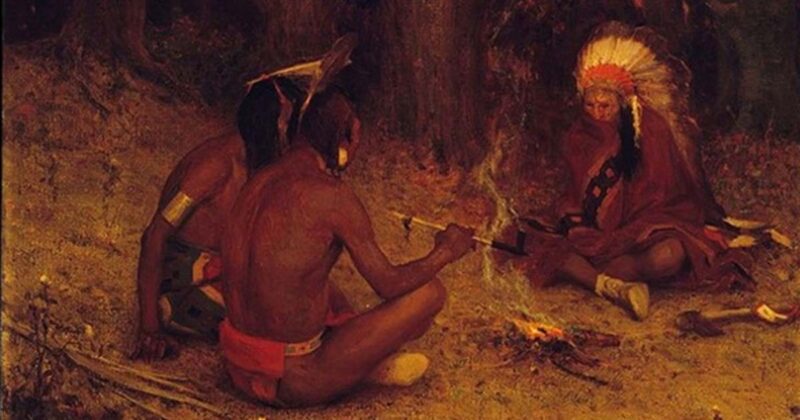Ancient Maya society placed immense value on plants that offered more than nutrition. Tobacco ranked among the most sacred of all. It carried weight in ceremonies, healing rites, and elite courtly life.
Whether chanted over by priests or passed between nobles, tobacco offered both mystery and pleasure.
Traditional and modern tobacco pipes reveal a continuity in the way humans have prepared and consumed tobacco. Ancient Maya artisans crafted clay tubes for sacred smoke, a design that shares basic function with the wooden or metal pipes used today.
Rituals shifted across centuries, yet the act of inhaling tobacco through a crafted vessel remains familiar across time and cultures.
Sacred Roots: Tobacco in Maya Spiritual Practice
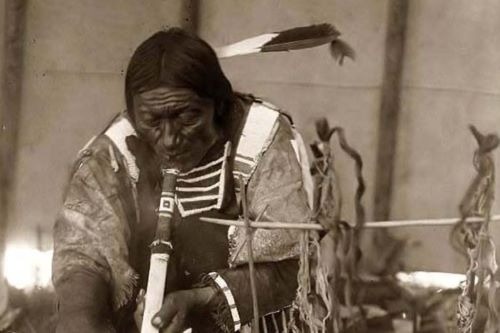
- Source: brewminate.com
Tobacco held spiritual force within Ancient Maya civilization. It did not serve only as a plant to be consumed. It acted as a tool of sacred interaction between humans and gods. Priests turned to it during ceremonies where chants, incense, and symbolic offerings formed a channel to the divine. Tobacco smoke was believed to carry prayers skyward, functioning as a bridge between realms.
Divine Dialogue through Smoke
Religious leaders used tobacco smoke to summon deities, interpret visions, and purify sacred spaces. Some ceremonies required specific sequences of inhalation and exhalation to align the body with spiritual patterns.
These rituals often followed timing prescribed by the Maya calendar, which dictated favorable days for spiritual engagement and offerings. Maya glyphs on pottery and murals often depict plumes of smoke flowing toward celestial beings, illustrating this sacred communication.
Role of Tobacco in Mythology
Maya mythology included references to divine beings associated with tobacco. Gods such as God L are often shown with smoking paraphernalia, seated in postures of authority. These depictions hint at the belief that tobacco use belonged not only to mortals but also to the higher powers they revered. Tobacco served as a common thread across both divine and human spheres.
Healing with Smoke: Rituals, Medicine, and Purification
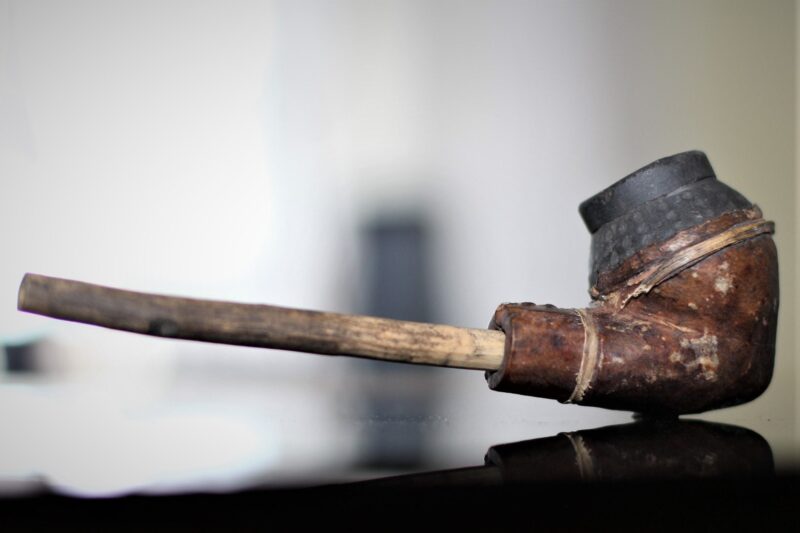
- Source: etsy.com
The Ancient Maya used tobacco as more than a sacred offering. It played a role in treating illness, aiding childbirth, and purging negative forces from individuals or environments. The boundaries between healing and ritual were often blurred, as the body and soul were never seen as separate.
Medicinal Use of Tobacco Liquids
Recent archaeological findings in Guatemala point to the use of liquid tobacco preparations. Vessels at Cotzumalhuapa revealed nicotine residue, suggesting that the Maya drank or administered tobacco in concentrated form. These brews likely served during childbirth or intense spiritual cleansing. Nicotine acted as both stimulant and purgative, pushing the body into a heightened state.
Smoke as Cleansing Force
Healers used tobacco smoke to diagnose spiritual ailments or clear a patient of unseen disturbances. A common ritual involved blowing smoke onto the body to expel malevolent energy. In some accounts, the smoke acted as both shield and weapon, driving harmful forces away and sealing the body against return attacks.
Vessels of Meaning: Pipes, Tubes, and Ceremonial Tools
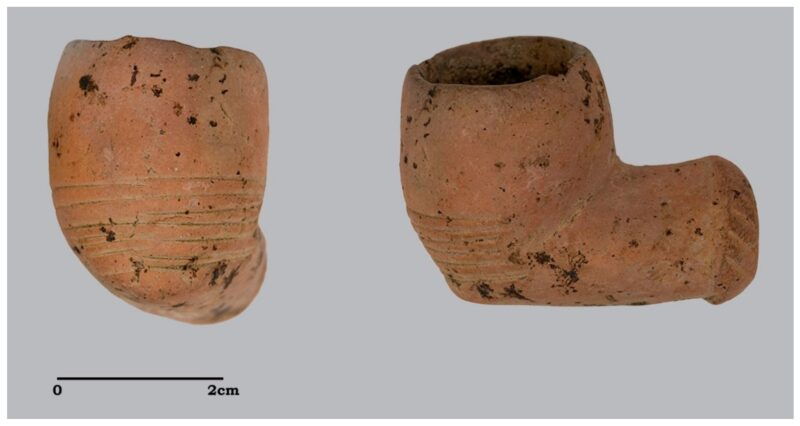
- Source: mdpi.com
Physical tools played a central role in how tobacco was consumed and perceived. The Maya developed specialized instruments for different uses. Pipes crafted from clay, bone, or wood carried meaning far beyond their function. Their design reflected both artistic vision and spiritual intent.
Ceremonial Tobacco Tubes
Some vessels found in tombs and temple caches show intricate glyphs and images tied to creation myths. These tubes were not merely utilitarian. They represented power, passage, and sacred authority. Smoking with such tools carried ritual obligation and encoded respect for tradition.
Traditional and Modern Tobacco Pipes
Clay pipes made by Maya artisans share core traits with traditional and modern tobacco pipes used today. Each version provides a method to channel smoke through a controlled flow. The function has not changed.
What differs is the intent. In Maya society, that intent often tied to cosmic forces or social structure. Modern use focuses on flavor, relaxation, or personal preference, yet both stem from the same principle of preparation and reflection.
Courtyard Smoke: Elite Leisure and Social Tobacco Use
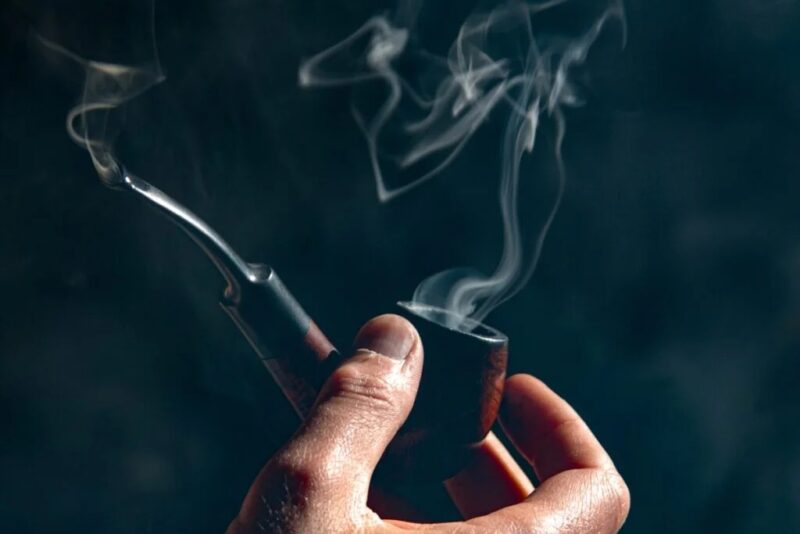
- Source: mrgscigars.com
Maya nobility treated tobacco as both pleasure and performance. Smoking acted as a gesture of status, refinement, and controlled indulgence. Elite courtiers engaged with tobacco during feasts, political councils, and intimate conversations, where the leaf signaled more than relaxation—it confirmed social rank.
Tobacco in Elite Gatherings
Ceramic scenes recovered from royal centers show men seated in leisure, tubes in hand, surrounded by attendants or musicians. The act of inhaling tobacco served as both personal reward and public symbol. Within these gatherings, tobacco helped shape mood, pace discussion, and reinforce bonds among high-ranking individuals.
The Performance of Smoking
Smoking was not a private habit in these spaces. It functioned as a measured display. Style, posture, and choice of pipe all held meaning. Those who handled tobacco with elegance projected influence. Those who received it shared in the prestige. This ritualized leisure helped define power across dynasties.
Beyond the Temple: Domestic Cultivation and Household Practices
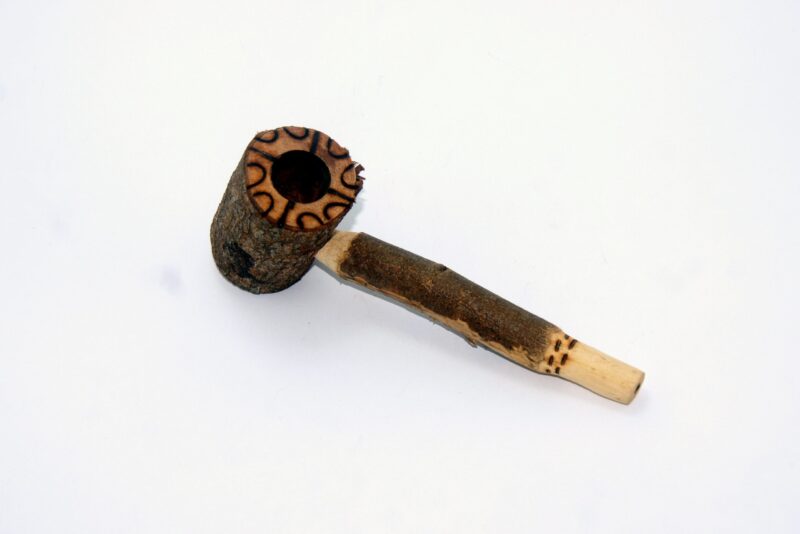
- Source: herbariomfs.uepa.br
Tobacco did not belong only to priests or lords. Families grew it near their homes, managed its harvest, and used it in private settings. Its use stretched across life cycles and daily needs. Children learned to care for tobacco plants. Elders used it in acts of protection and reflection.
Home Gardens and Planting Traditions
Small-scale planting of tobacco near household plots confirmed its integration into everyday life. It grew alongside maize and beans, not for trade but for direct use. Each family cultivated specific strains, maintaining knowledge passed through generations. The care of tobacco reflected broader cycles of respect for sacred plants.
Family Rituals and Protective Use
Within the home, tobacco carried protective purpose. Smoke was used to seal doorways, purify new infants, or honor the memory of ancestors. Family heads might place tobacco on altars or offer it before long journeys. Its presence marked transitions and guarded against unseen threats.
Art as Evidence: Tobacco in Maya Iconography
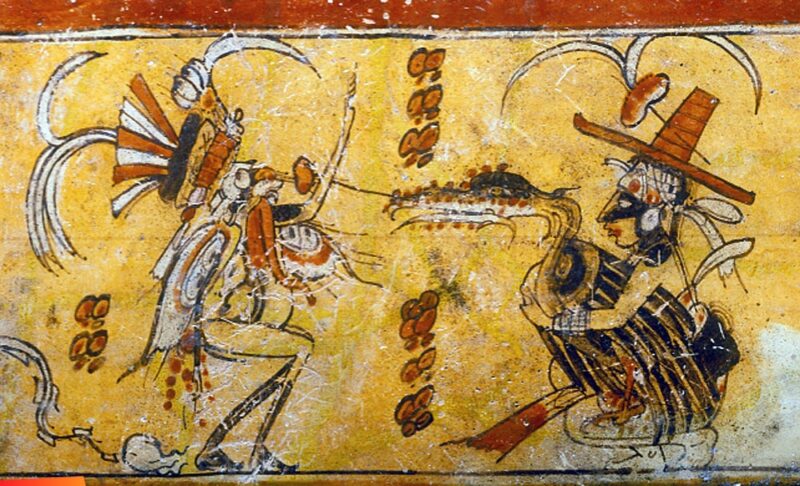
- Source: reddit.com
Tobacco left visible traces across Maya art. Paintings, carvings, and decorated vessels offer clues into how the leaf moved through public and private life. Scenes show tobacco smoke curling toward divine figures, circling rulers, or drifting through cosmic landscapes.
Smoking Scenes in Ceramics
Ceramic vessels often feature intricate depictions of smokers in courtly or divine settings. These artworks provide more than decorative flair. They help decode gestures, identities, and social cues tied to tobacco use. Some images suggest stages of ceremony, with smoke connecting humans to gods in structured steps.
Symbolism and Glyphs
Glyphic texts support visual evidence, offering names for smoking implements, references to tobacco blends, and phrases tied to ritual inhalation. Tobacco was not isolated from language. It featured in metaphors, poetic phrases, and inscriptions that reinforced its sacred and social value.
Last Words
Tobacco in Maya life served layered purposes. It purified bodies. It linked humans to gods. It confirmed social roles. It soothed the spirit in private. Ritual and pleasure worked together, never standing apart. The same leaf healed, blessed, and entertained.
Pipes old and new show that design and meaning travel long paths. Domestic use, elite gestures, artistic memory, and spiritual contact—each added weight to tobacco’s place in Maya culture. Modern users may hold pipes without ceremony, but each puff carries echoes of sacred breath, layered centuries deep.

